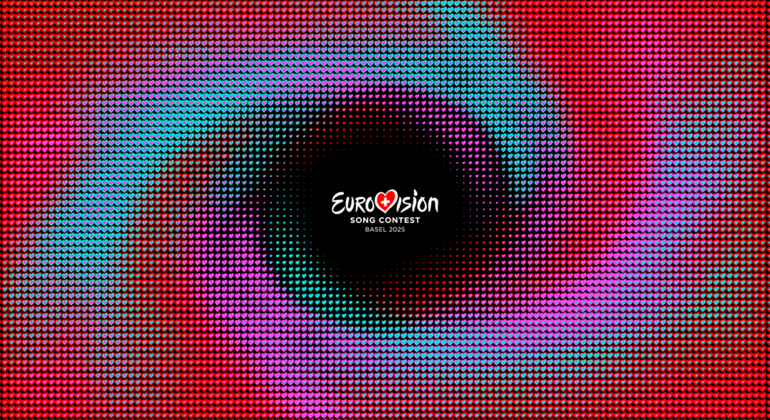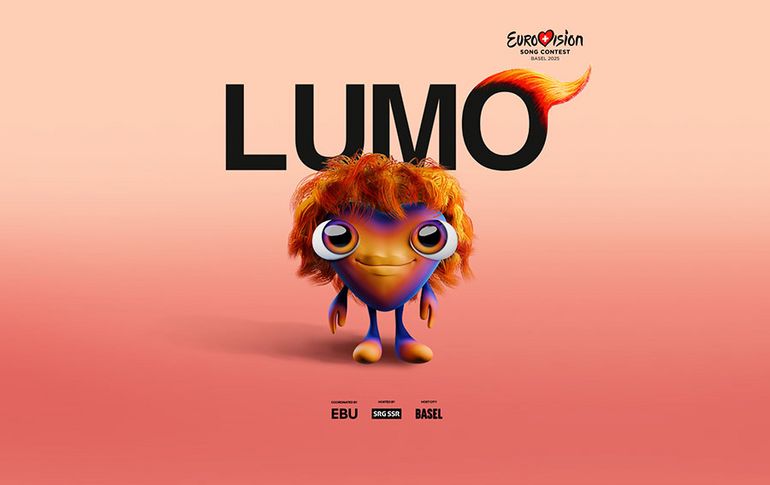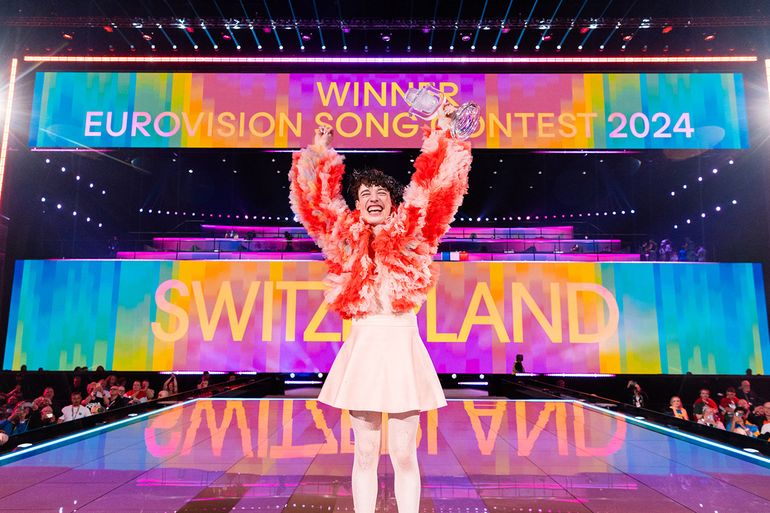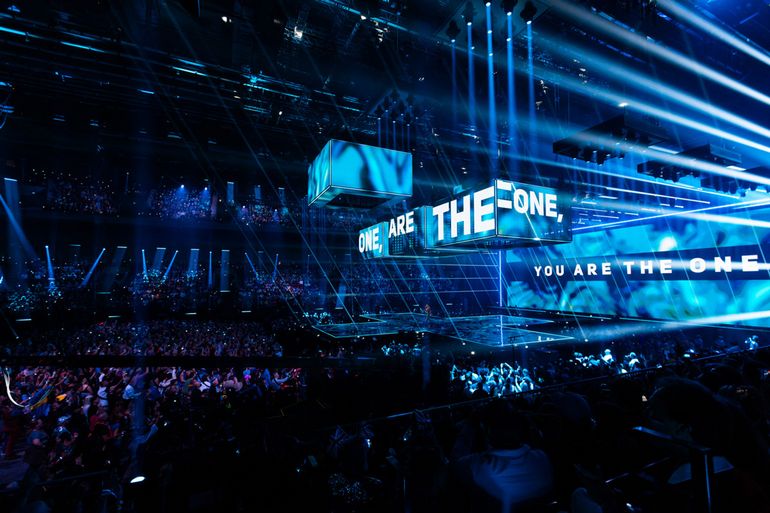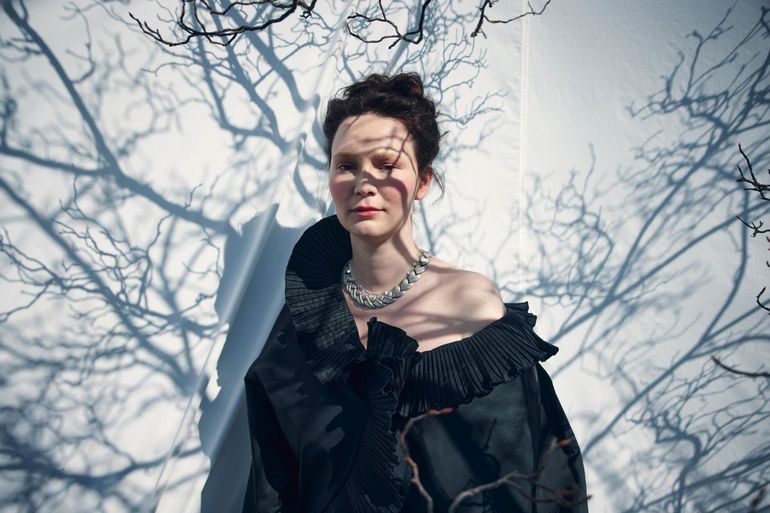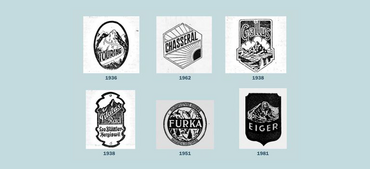Trade marks are an essential distinguishing feature for goods and services. A lot of time and money is often invested in creating and maintaining them, which therefore makes them a valuable asset. You stand out from your competitors with a trade mark. By registering it, you mark your product as being your intellectual property and as a result, you protect yourself from free riders.
A trade mark is only protected for the goods or services that you define in your application and for which you want to use the trade mark – e.g. the trade mark Beltina for bicycles and bicycle repair. You should think carefully and plan ahead when selecting these product and service categories, as once your trade mark has been registered, you can’t extend the protection to include additional goods and services.
Is your trade mark so similar that it could be confused with trade marks, domain names or company names that are already registered? Could it come into conflict with them? As we don’t check this, you should do a search yourself to find out whether identical or similar signs are already protected.

